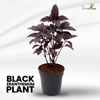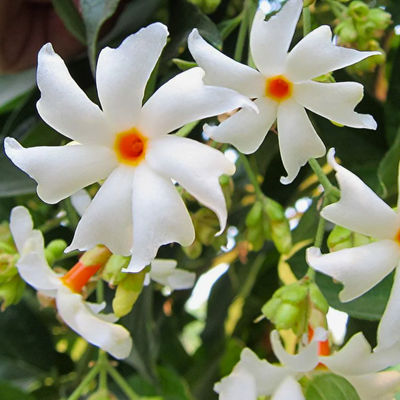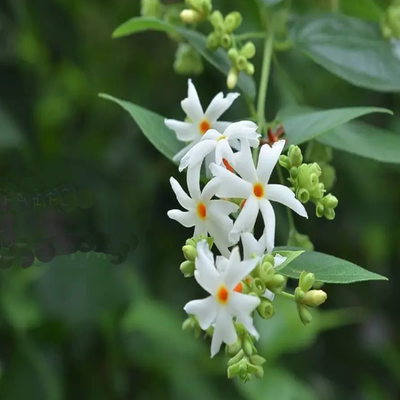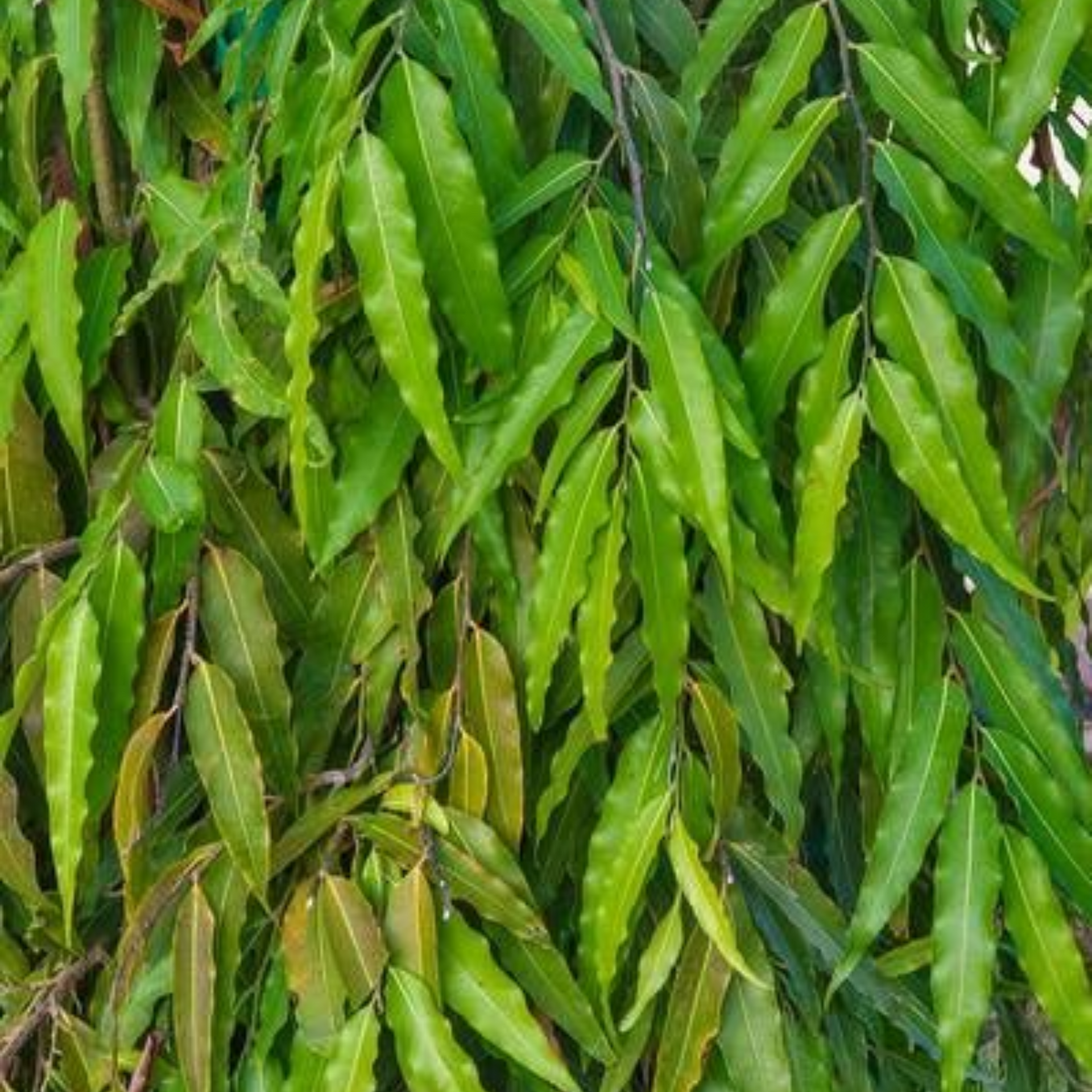
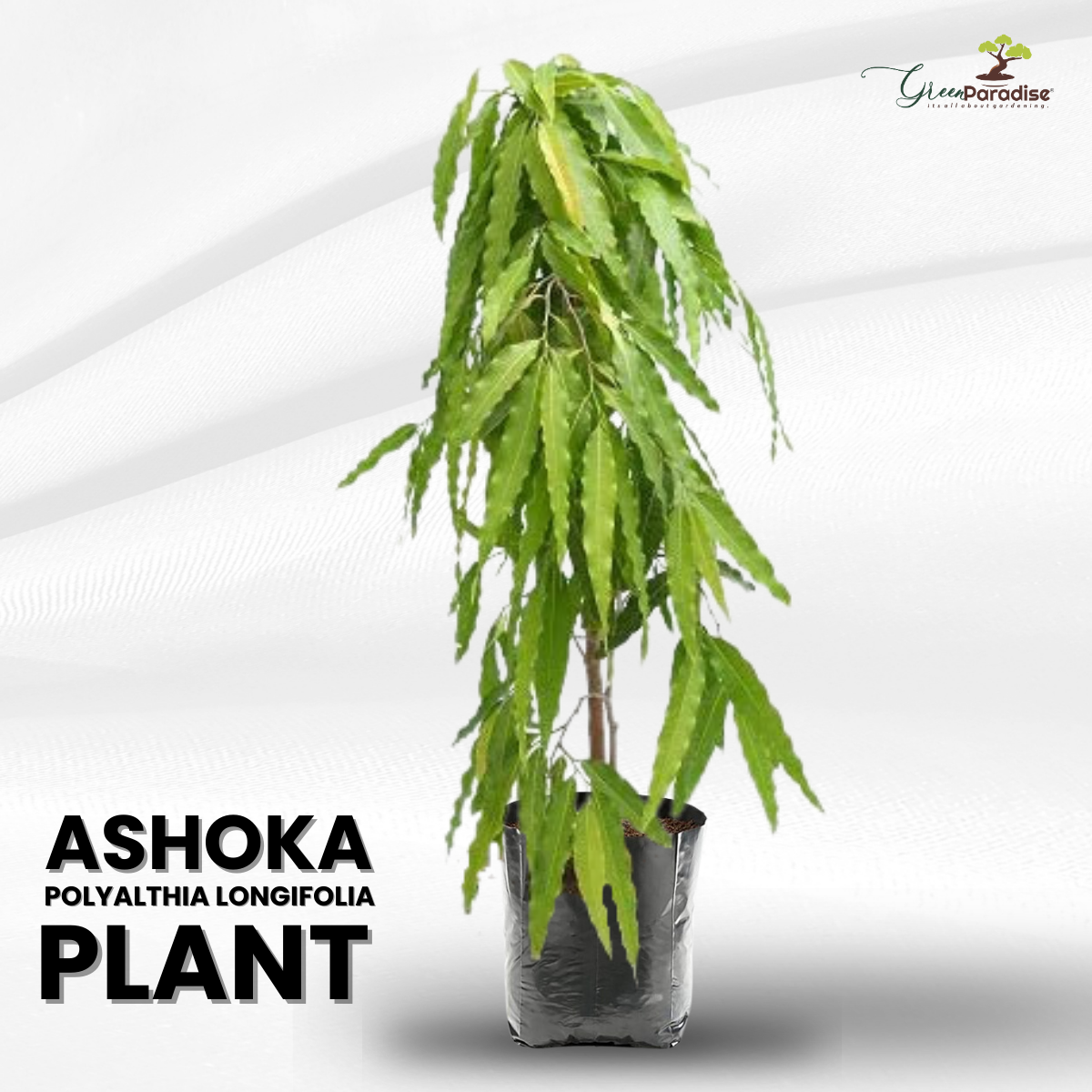
Green Paradise Offers Ashoka Polyalthia
Longifolia Plant
About Ashoka Plant
Ashoka (Polyalthia longifolia) is a beautiful evergreen tree native to the Indian subcontinent. It belongs to the Annonaceae family and is widely cultivated for its ornamental value and religious significance. The tree is commonly known by various names such as Ashoka, Sita Ashoka, Devadaru, and Mast Tree.
Here are some key features and characteristics of the Ashoka plant:
Appearance:
-
Ashoka is a medium to large-sized tree that can reach heights of up to 15-20 meters (49-66 feet).
-
It has a slender trunk with a smooth, greyish bark.
-
The leaves are long, narrow, and lance-shaped, measuring about 15-30 centimeters (6-12 inches) in length.
-
The leafage is thick and provides good shade.
Flowers:
-
The Ashoka tree produces clusters of small, fragrant, and vivid orange-yellow flowers.
-
Each flower has a tubular shape with six petals and a prominent central stigma.
-
The blooming period typically occurs during the spring season, and the tree looks exceptionally beautiful when covered with these vibrant flowers.
Fruits:
-
After the flowering phase, Ashoka trees develop oval-shaped fruits, which are initially green but turn dark brown or black when ripe.
-
The fruits are not edible for humans but may attract birds and wildlife.
Religious Significance:
-
Ashoka holds great religious and cultural significance in Indian mythology and is considered sacred in Hinduism and Buddhism.
-
It is associated with love, fertility, and blessings.
-
The tree is often found in temple compounds, gardens, and along roadsides in India.
Medicinal Uses:
-
In Ayurveda, the traditional Indian system of medicine, various parts of the Ashoka tree, including the bark, leaves, and flowers, are used for their medicinal properties.
-
They are believed to possess anti-inflammatory, analgesic, and anti-diabetic properties.
-
The bark is especially valued for its potential benefits on women's health, as it is often used to regulate menstrual cycles and alleviate menstrual disorders.
Cultivation:
-
Ashoka is adaptable to different soil types but prefers well-drained soil with moderate moisture.
-
It prefers full sun but will tolerate moderate shade.
-
The tree is relatively low maintenance and requires regular watering, especially during the early stages of growth.
-
Pruning can be done to maintain its shape and size.
Ashoka trees are commonly seen in parks, gardens, and landscapes, adding aesthetic appeal and cultural significance. Due to its attractive flowers, dense foliage, and cultural value, it has gained popularity beyond its native range and is also cultivated in other parts of the world as an ornamental tree.
How To Grow Ashoka Plant
To grow Ashoka (Polyalthia longifolia), you can follow these steps:
Climate and Soil Requirements:
-
Ashoka is native to the Indian subcontinent and thrives in tropical and subtropical climates.
-
It prefers well- drained soil with a pH range of6.0 to7.5.
Seed Selection:
-
You can grow Ashoka from seeds.
-
Obtain fresh seeds from a reliable source or consider harvesting seeds from mature Ashoka trees if available.
Seed Treatment:
-
Soak the seeds in water for 24 hours to enhance germination.
-
You can also lightly scarify the seed coat by rubbing them gently with sandpaper to improve germination rates.
Potting or Planting:
-
Fill a pot or seed tray with a well-draining potting mix.
-
Plant the Ashoka seeds about 0.5 to 1 inch deep in the soil, leaving sufficient space between each seed.
-
If you prefer, you can directly plant the seeds in the ground outdoors.
Watering:
-
Water the seeds thoroughly after planting to ensure the soil is evenly moist.
-
Maintain regular watering, but avoid overwatering, as it can lead to root rot.
-
Allow the soil to dry out slightly between soddening sessions.
Sunlight:
-
Ashoka plants prefer bright, indirect sunlight.
-
Place the pot or choose a planting location where the plant receives partial shade or filtered sunlight during the hottest parts of the day.
Temperature:
-
Ashoka plants are sensitive to frost and prefer temperatures between 65°F to 95°F (18°C to 35°C).
-
Protect young plants from cold drafts or extreme temperature fluctuations.
Fertilizer:
-
Use a balanced, slow-release fertilizer or organic compost during the growing season to provide nutrients to the plant.
-
For operation rates, follow the instructions on the toxic packing.
Pruning:
-
Prune Ashoka trees to maintain their desired shape and size.
-
Regular pruning helps in removing dead or damaged branches and encourages healthy growth.
Pests and conditions
-
Keep an eye out for common pests like aphids, mealybugs, and scale insects.
-
Treat any infestations promptly with appropriate insecticides or organic pest control methods.
-
Ashoka plants are generally resistant to most diseases.
Transplantation:
-
If you initially planted your Ashoka in a pot, you may need to transplant it into a larger container or directly into the ground once it outgrows its current space.
-
Transplant when the plant is dormant, preferably during spring.
Patience and Care:
-
Growing Ashoka from seeds requires patience as they can take several weeks to germinate.
-
Ensure the plant receives adequate care, including regular watering, sufficient sunlight, and protection from extreme weather conditions.
By following these steps, you can successfully grow Ashoka (Polyalthia longifolia) and enjoy its beautiful foliage and flowers.

